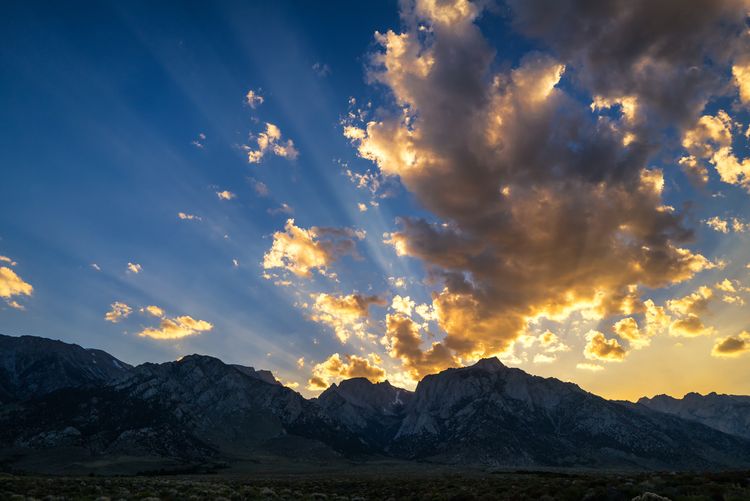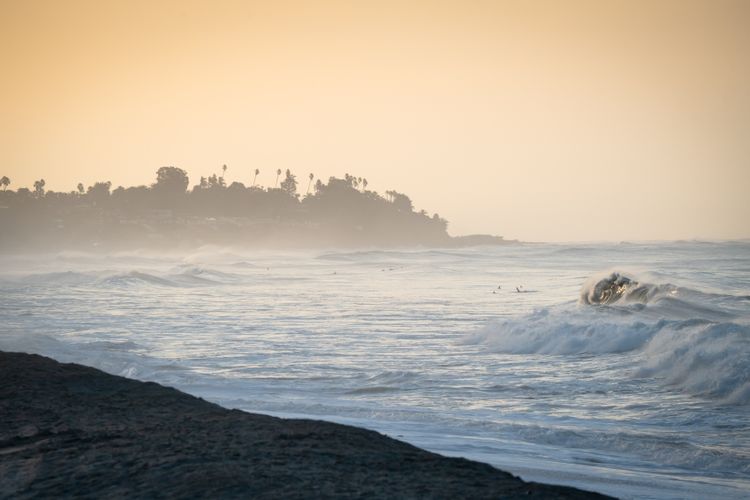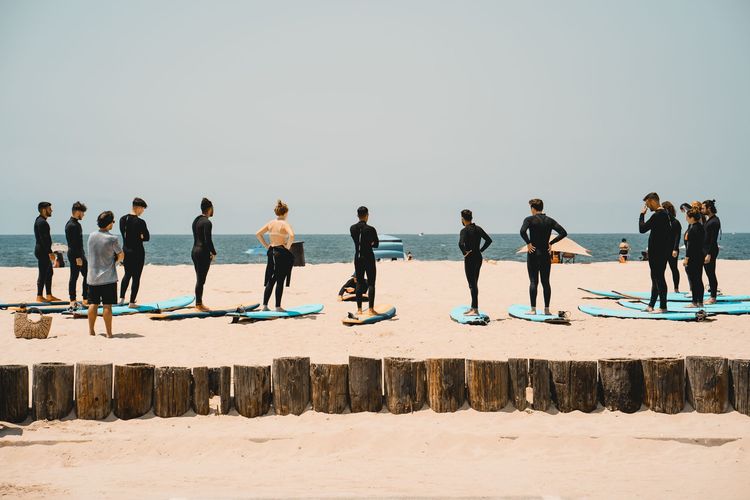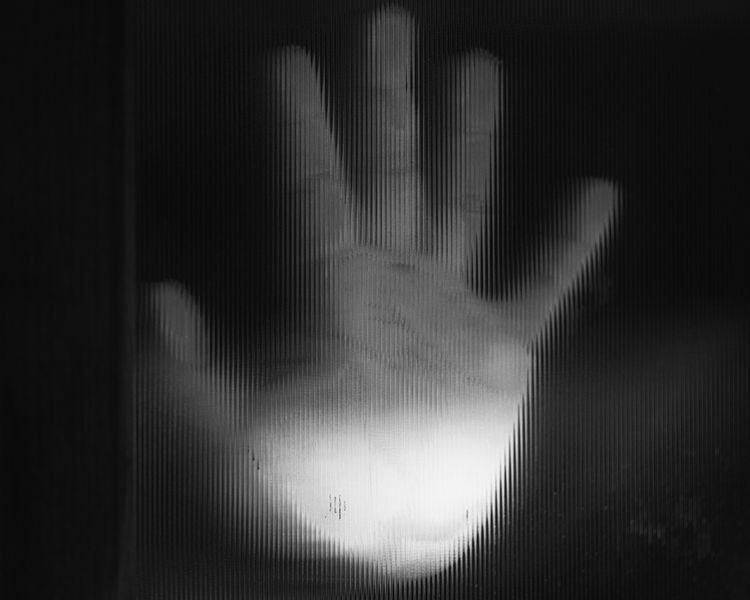Harsh winter conditions highlight beauty of Badlands National Park
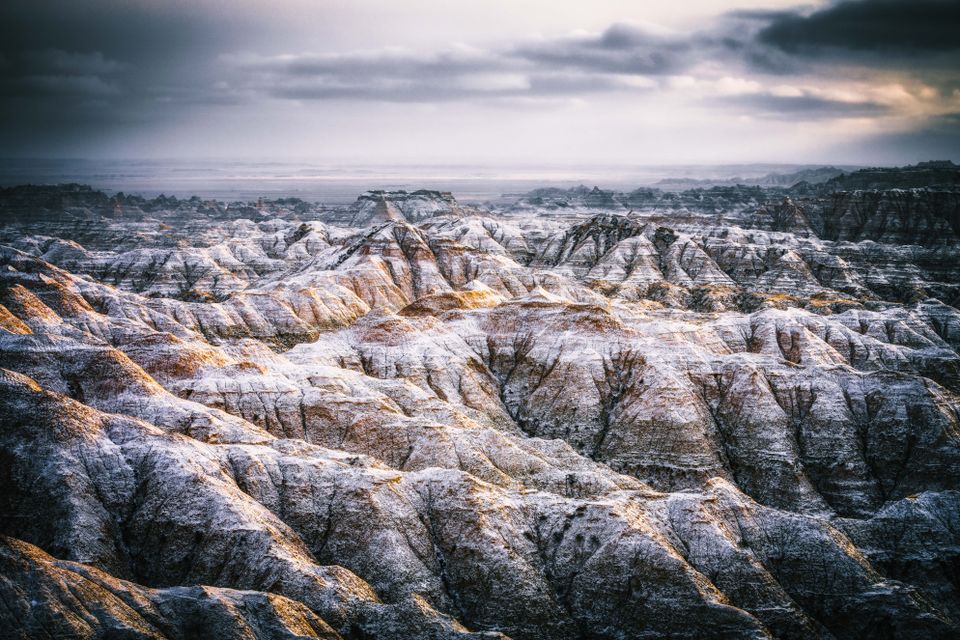
IT'S FEBRUARY, AND the southwest corner of Minnesota is blanketed by snow. The wind howls from the northwest, peaking at 50 miles per hour. The frozen tundra has a thin layer of sugary flakes, which scurries and shape shifts across the asphalt under the fierce direction of a spirited cold front.
The trees are bare and haunting, like shadowy stick figures that torture children’s dreams in a Tim Burton movie. Farm after farm. Silo after silo. Mile after mile. It’s all the same.
Until you hit South Dakota. And then you don’t understand the definition of same anymore.
The South Dakota prairie inspired Laura Ingalls Wilder to write. It was the backdrop for the 1990 film Dances with Wolves. It is probably where the The Wind Cries Mary. But the wind screamed so loud the words couldn't be deciphered.
A deliberate drive across I-90 in search of something new (really it was to avoid a wicked snowstorm that stretched from Colorado to the Carolinas) brought mile post after mile post of nothing but prairie, truck stops and the occasional tree. But you know what? There’s beauty in that. As the Missouri River approached, so too did the contours of a changing land.
The ferocious wind battered all comers from the north, creating a two-hands-on-the-wheel norm for nearly seven hours straight. Snow squalls developed after crossing the Missouri, and they came and went for the final three hours of the drive toward Rapid City.
Throughout the day, iconic South Dakota mainstays like the Corn Palace and Wilder’s homestead were noted by signs along the highway. Levity arrived courtesy of a sign that read “Mexican food so good President Trump would build a wall around it.” Not only original, but in deep red SoDak as well!
In between a dipping sun and thick bands of snow, further changes to the landscape told the story of South Dakota’s landmark destinations. Calls to exit dominated the landscape. Some for Wall Drug. Some for Sturgis. Some for the Black Hills and Mt. Rushmore. More, still, for Badlands National Park and Cold War-era missile silos.
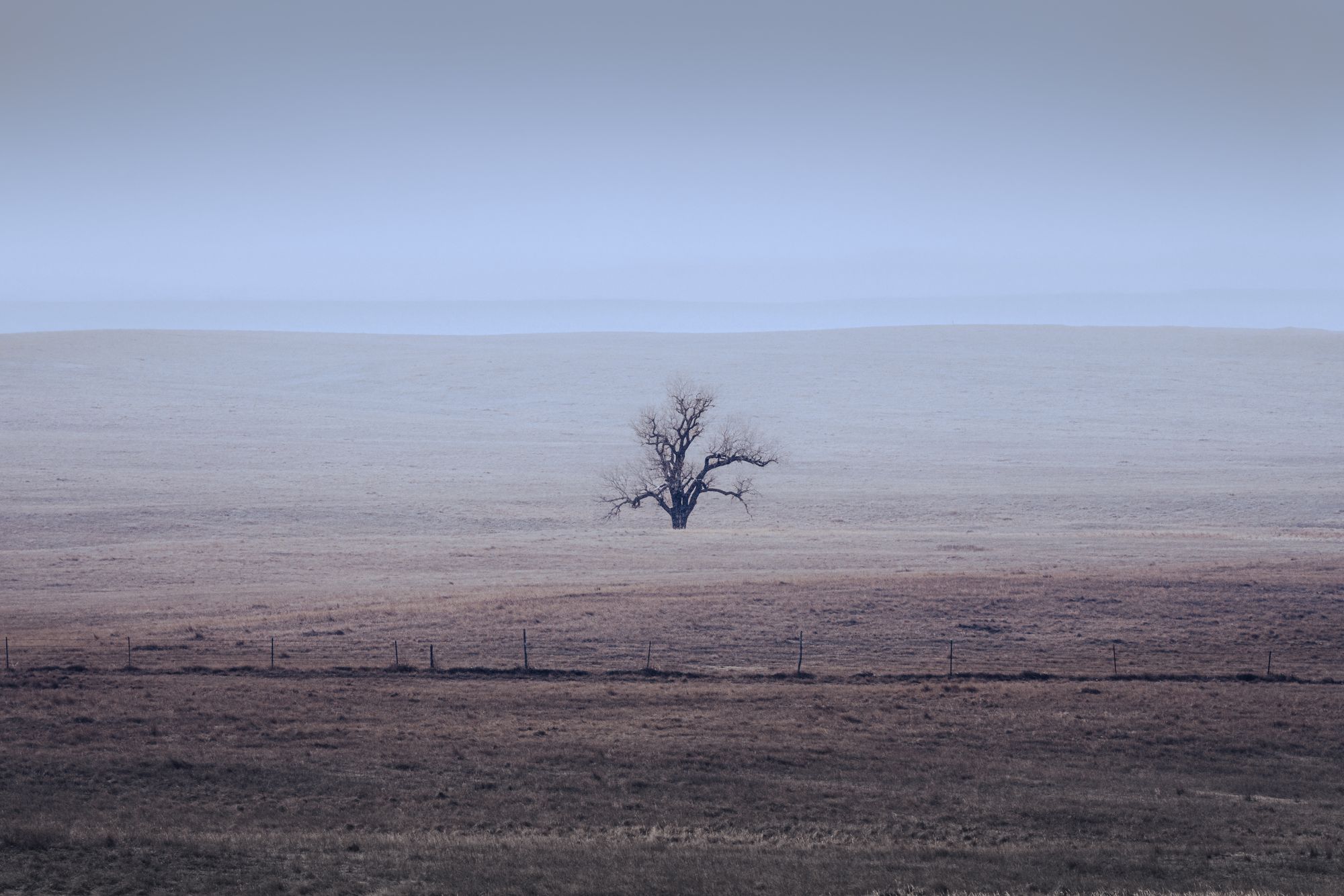
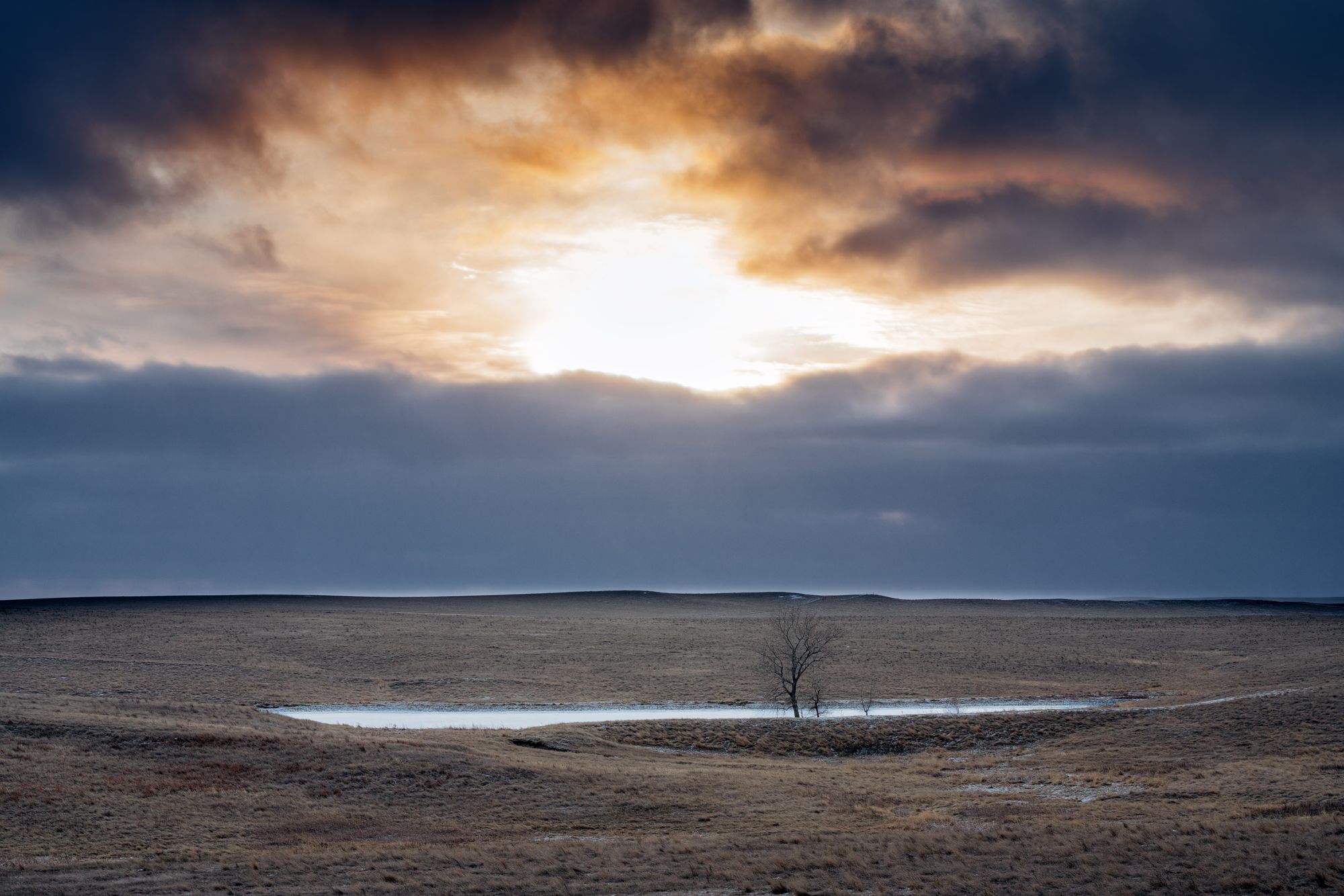
But first, a detour for one of those “scenic views” off of I-90. Not sure what to expect, I exited and found myself alone amidst a giant parking lot, overlooking the desolate Buffalo Gap National Grassland. The approaching bands of snow offered a curtain of white and grey. The grass was rust-colored for miles, a sign of winter’s grip on the prairie. A lone tree, seemingly naked and afraid, withstood the the gusts of wind, time and the horizontal thrashing of snow. This beauty was unique. The desolation of the prairie, the rushing menace of the storm, the sun peaking in and out of broken clouds. It was haunting.
Further down the road, the exit for Wall Drug and the western entrance to Badlands beckoned. The streets of Wall, South Dakota were covered in fresh snow. The town was sleepy on this Wednesday afternoon. Sunset was two hours away, but the cloud cover and blowing snow darkened the skies and the mood. A quick drive past Wall Drug, with its 1930s era kitsch, had a single pickup parked in front. Down the street, a truck idled, fifth-wheel attached, both beaten by time. Nearby, three teens shuffled along the sidewalk, hoods over heads and hands in pockets as the sweeping cold pushed them into the distance.
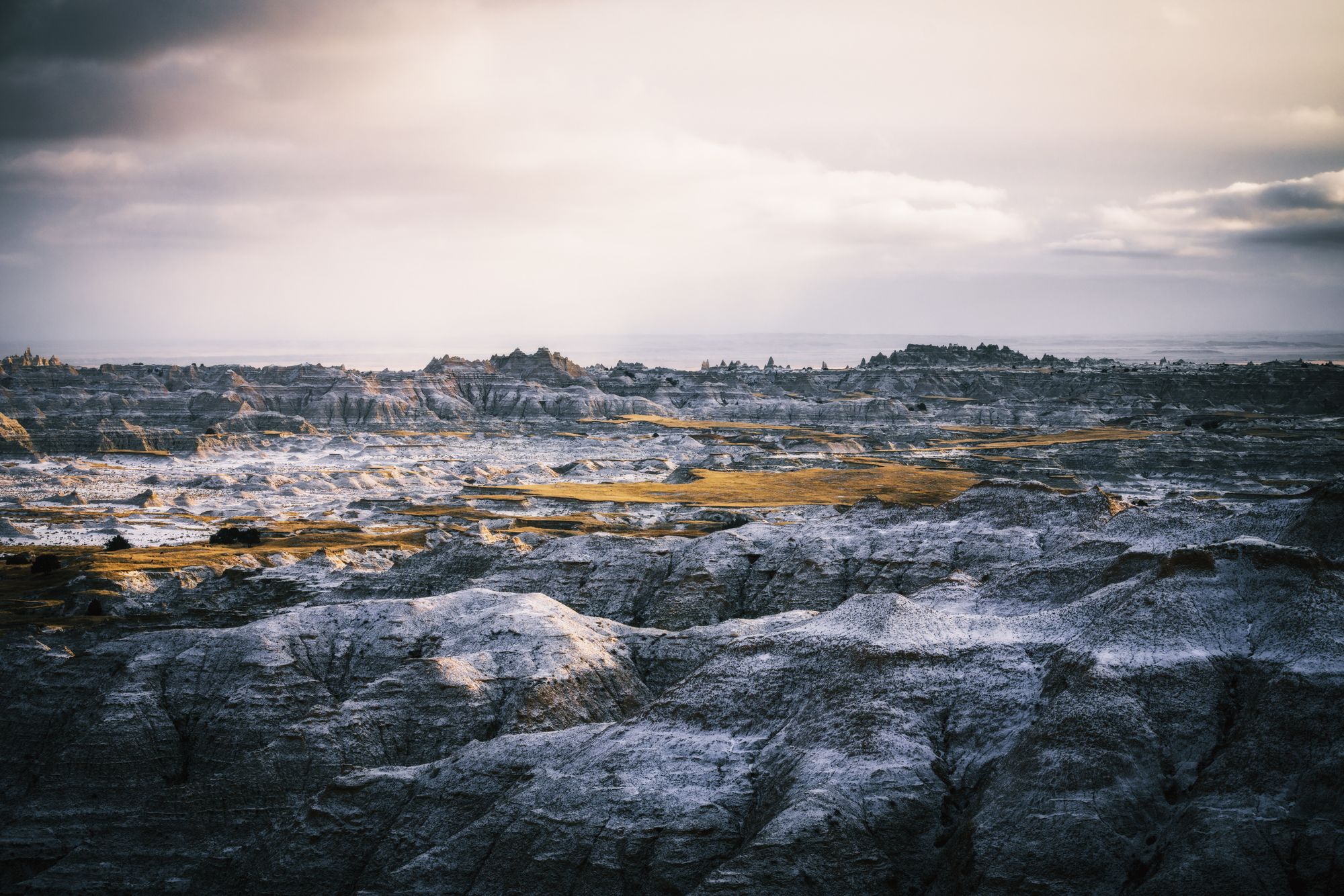
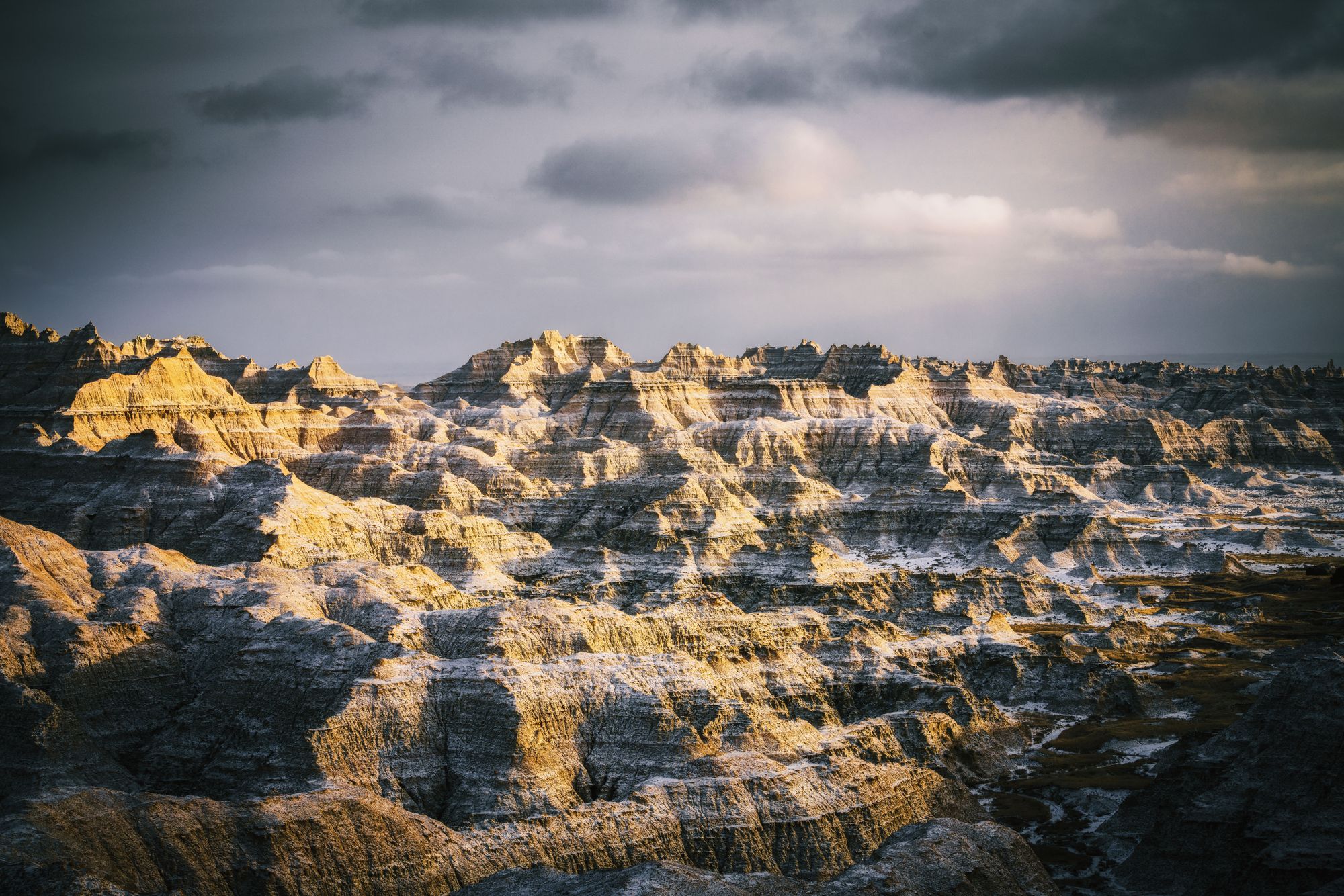
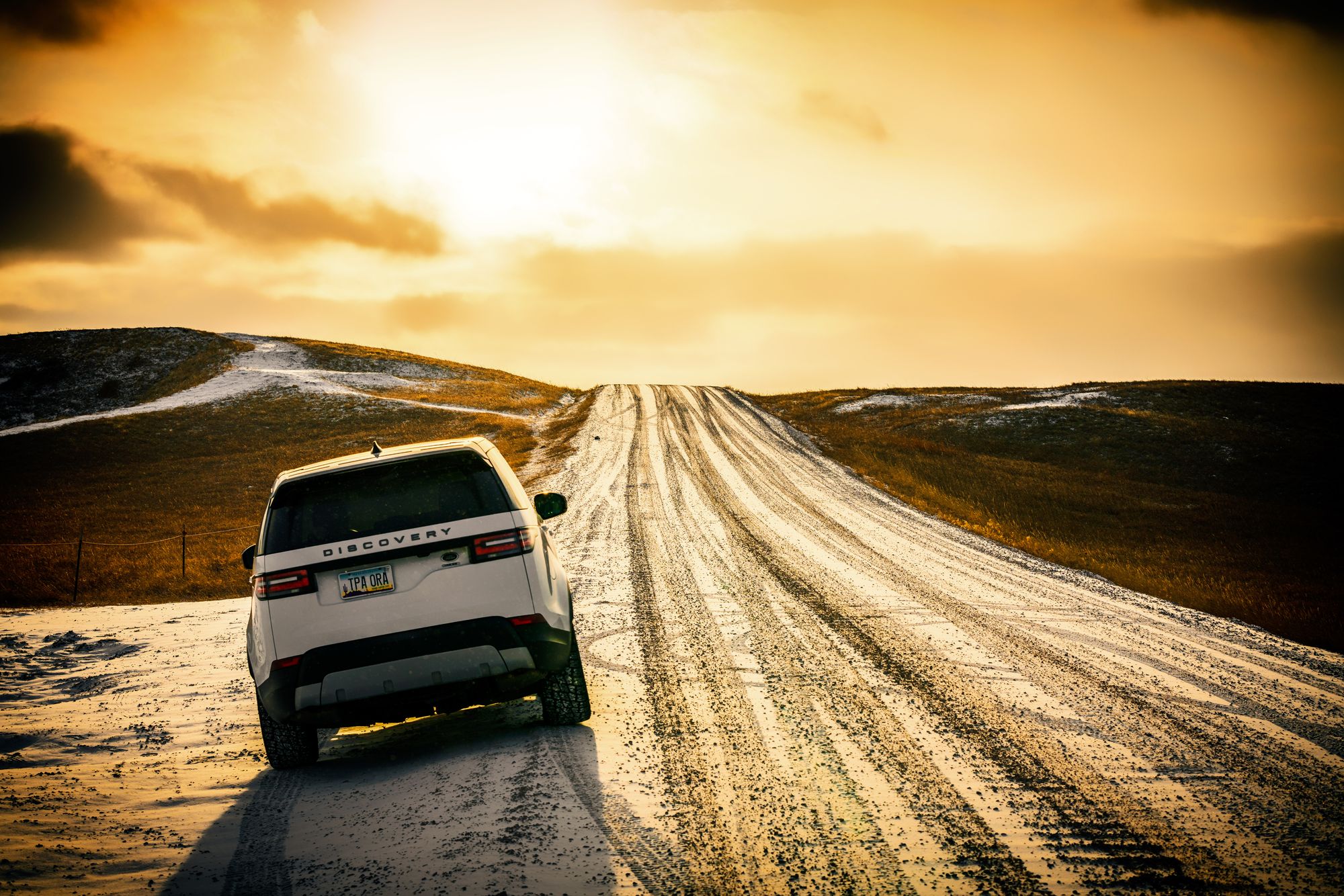
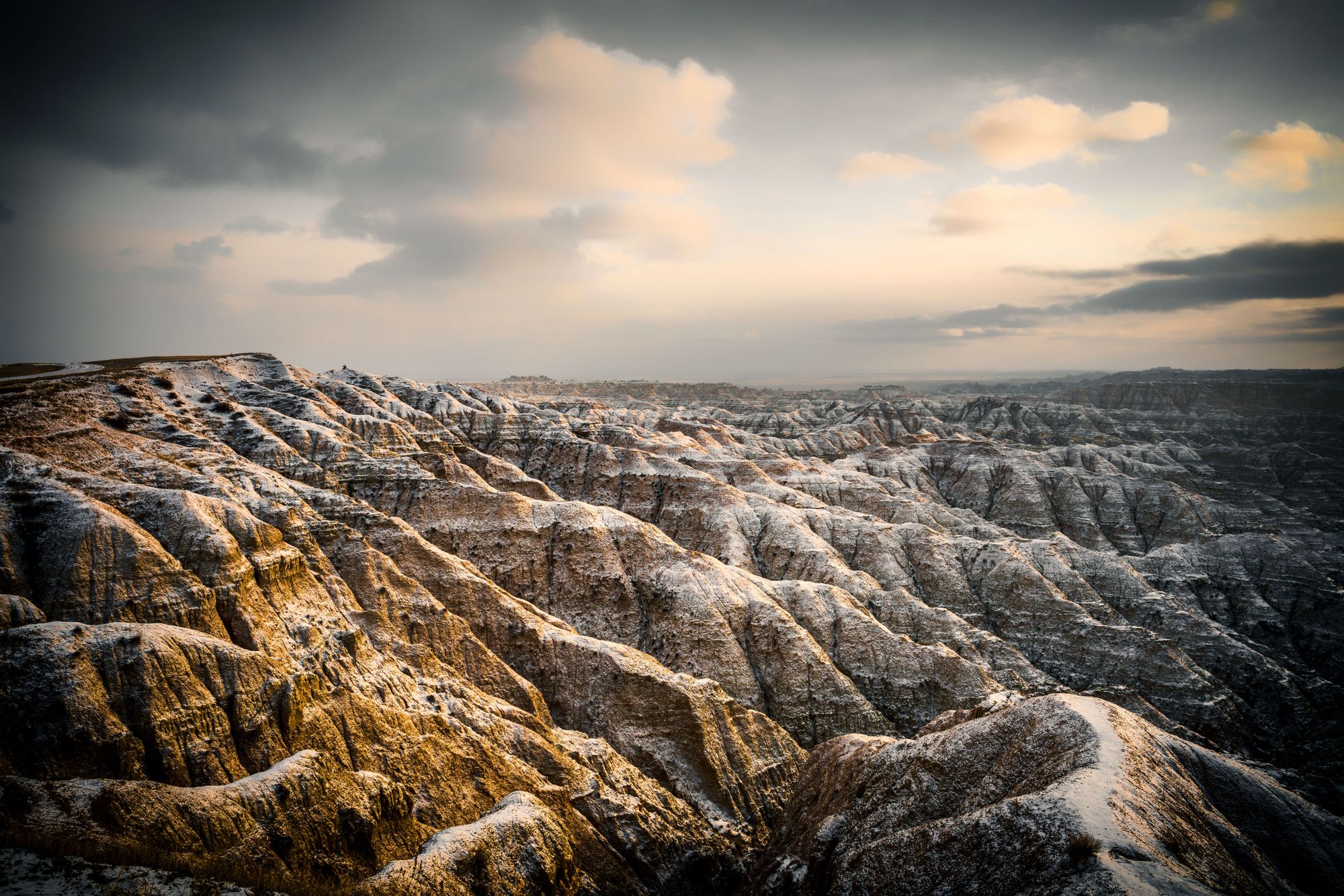
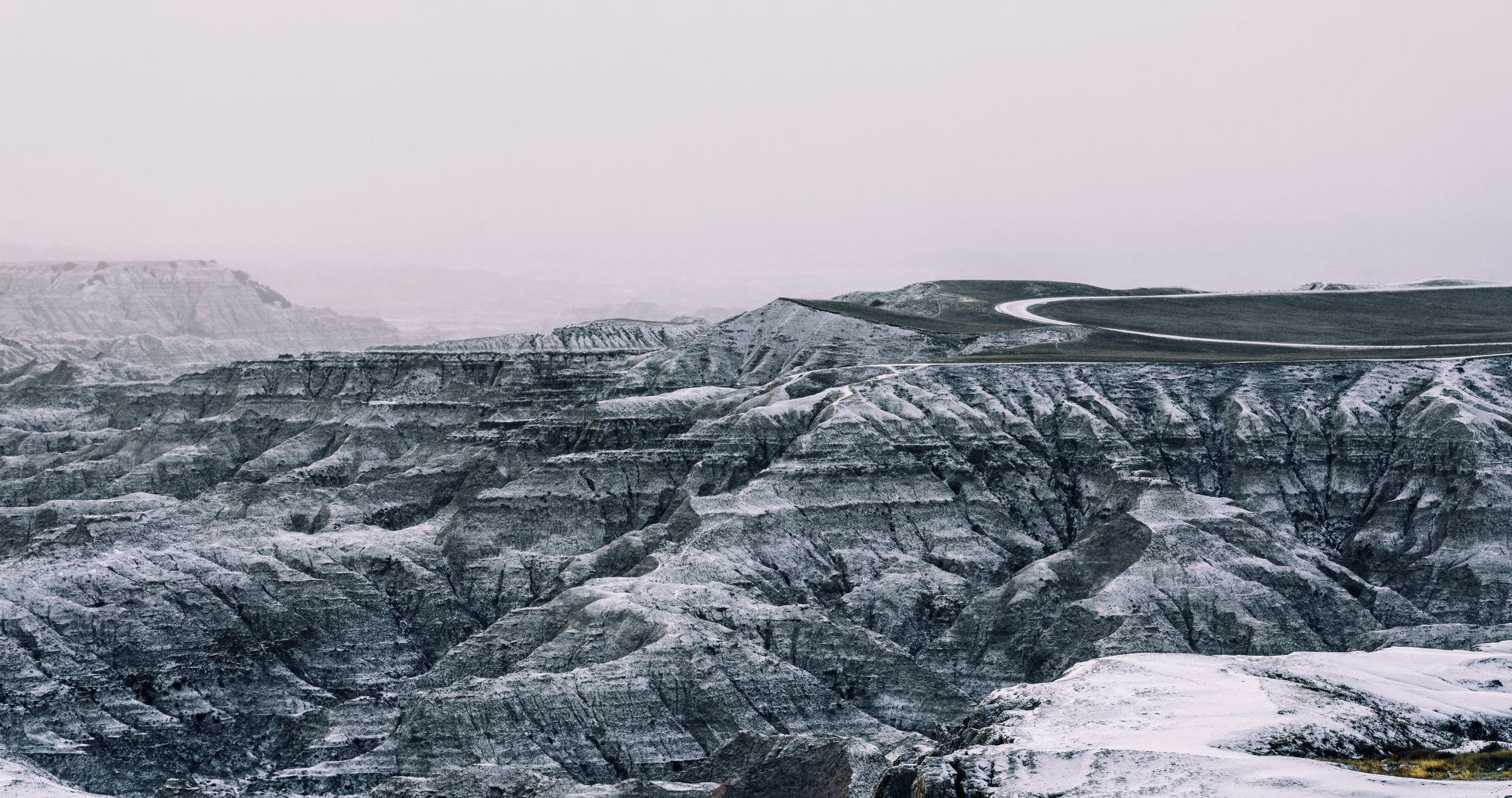
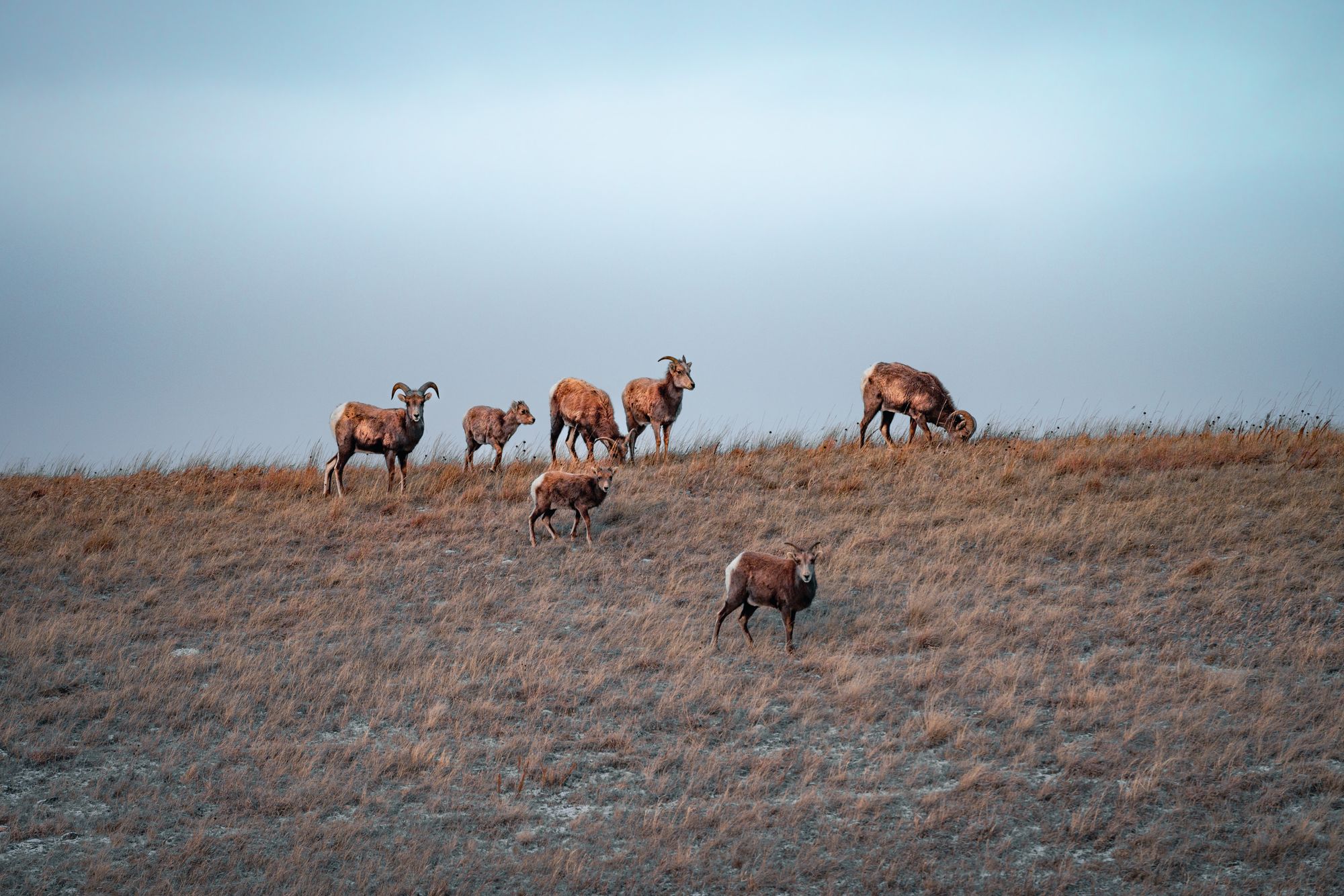
Seven miles away, the western entrance to Badlands was unmanned. Two gatehouses, with orange flashing lights and blinds closed, welcomed visitors. Snow covered the road, the wind was agressive, the views were impressive.
In and out of the clouds, the sun lit the scene intermittently before retreating. Badlands is a colorful moonscape. Part Death Valley, part Grand Canyon, part southern Utah. It is unique in its shape, its hues and its texture. It is both unpredictable and unfathomable.
In my short time exploring I saw more big horn sheep than humans. There were signs of recent visitors — tire tracks and foot prints in the snow — but I was alone. It was -7 fahrenheit, and the metal on my camera body welcomed by hand with a heatless burn. Winter had slipped me under its tongue. Eyes watering from the relentless wind, Badlands National Park came into view in scenes that literally changed by the second.
Sun out, and a burst of color from the mineral-infused landscape created texture and depth. Turn 90 degrees to the right, and the next snow squall was barreling across the prairie, darkening the colorful scene into blacks and whites.
Across the road, a family of big horns grazed and stared at the stranger, leery of his intentions, curious of his motives.
All of that, together, is why this land is magical. It was a dozen different experiences each minute, producing hundreds of unique portraits of a land changed not just by time, but also by light and perception.
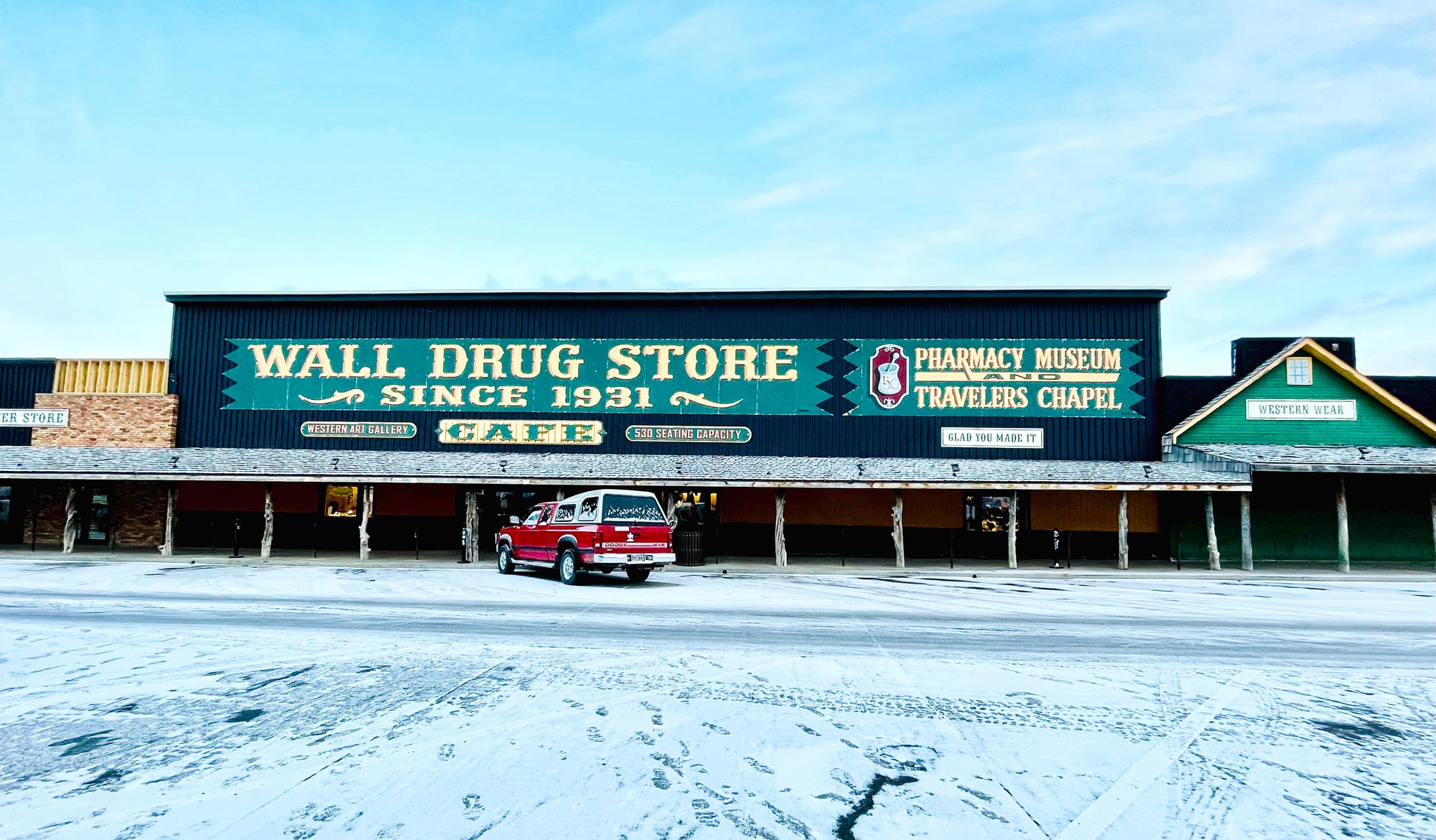
The Barrel
It was hard to ignore the signs for Firehouse Brewing along I-90, but in case you did, how about Woodland Republic Brewing and Blending? The Woodland Standard is a nice Italian-style pilsener.
The Bomb
Not to take The Bomb literally (okay, maybe a little), but Ellsworth Air Force Base is just outside of Rapid City, and part of the B1 nuclear bomber fleet is based here. Pretty easy viewing of takeoffs and landings, and the B1 is an impressive beast.
Recommended Soundtrack
Okay, so we're seeing a theme trending here with Badlands and nukes. We're going with the newly released (Fall '21) Bruce Springsteen & the E Street Band's 1979 No Nukes live show from Madison Square Garden. It's a sizzling show, and the hit song "Badlands" was just released the year before on the album "Darkness on the Edge of Town."

